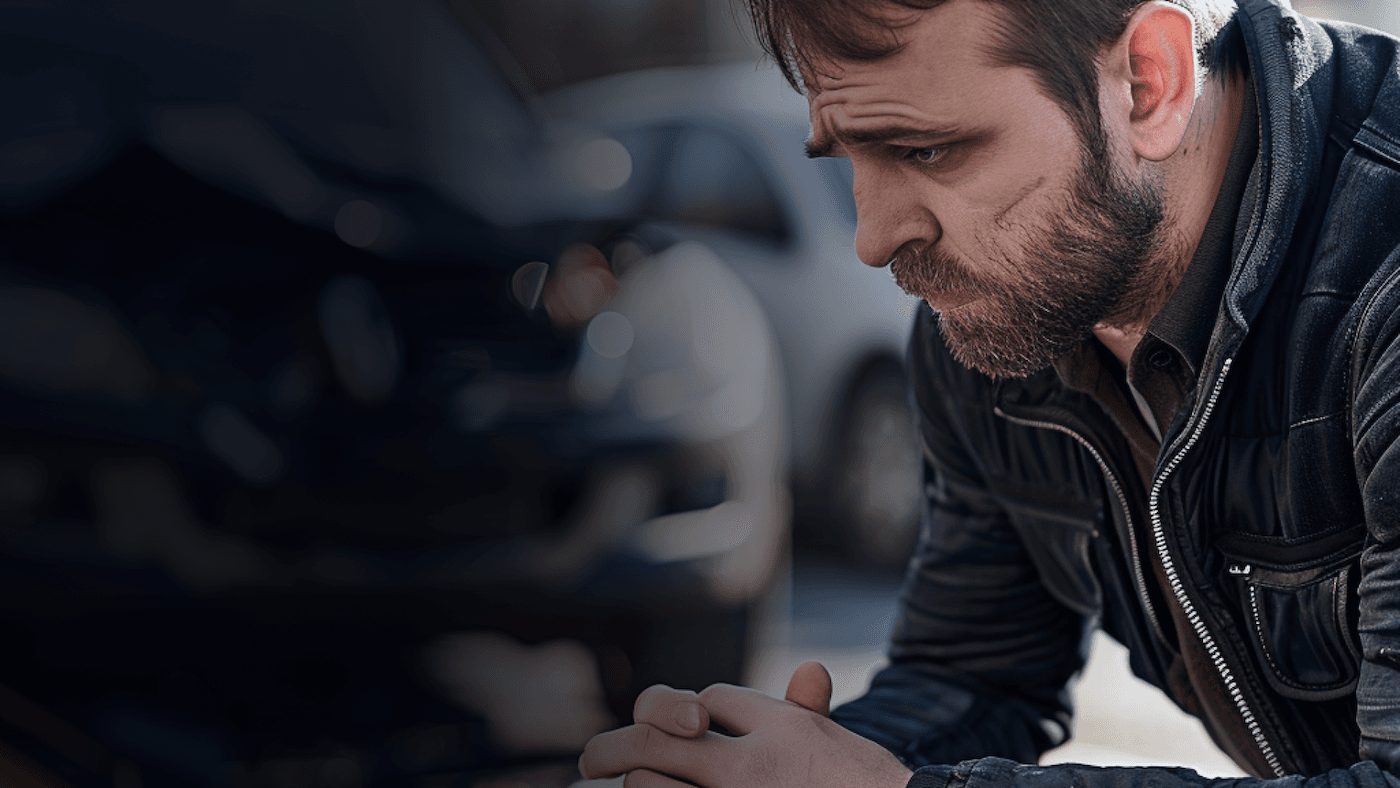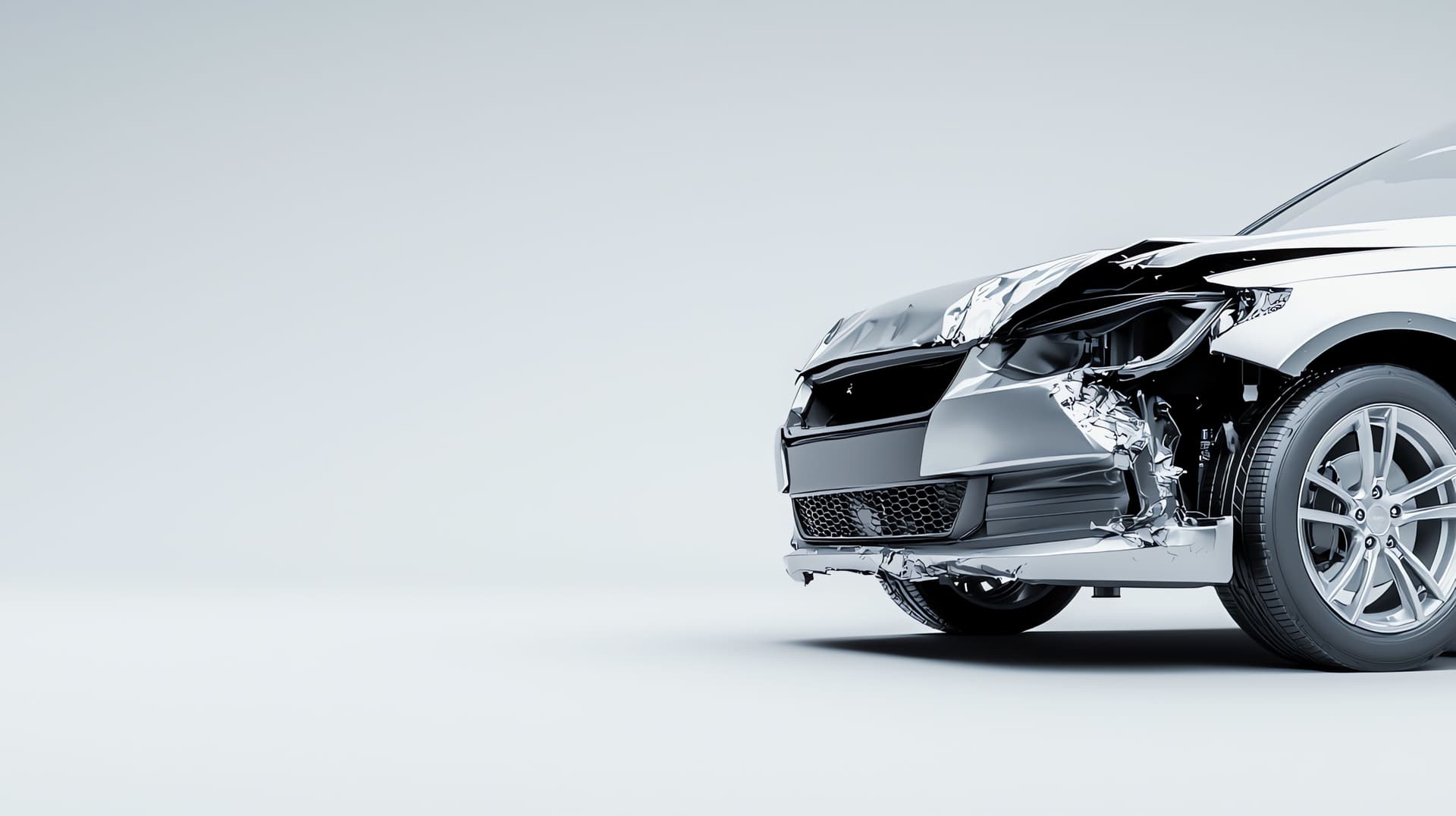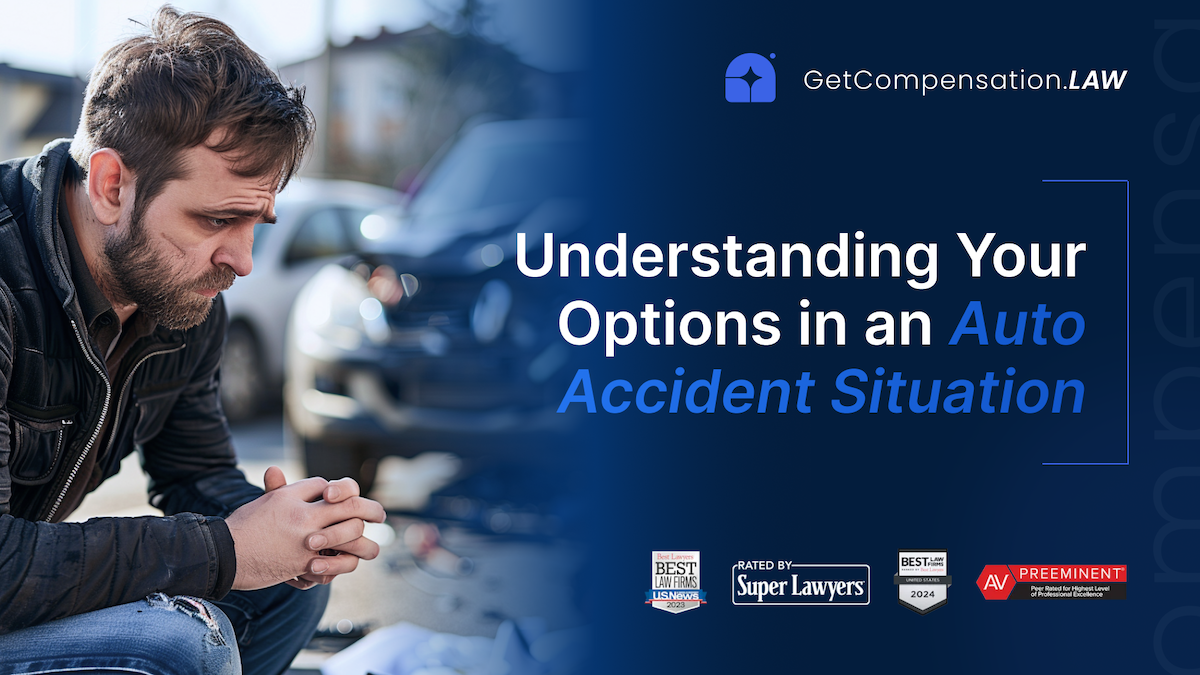
Proving Liability in Motor Vehicle Accidents: Steps for Victims
Determining fault is key to securing compensation. Learn how police reports, witness statements, and expert testimony help establish liability in car accident cases.
Our Network of Attorneys Are Recognized by the Best
Determining who is at fault in a motor vehicle accident is one of the most important steps in securing compensation. GetCompensation.LAW provides victims with access to expert attorneys who specialize in proving liability and holding negligent parties accountable.
Why Proving Liability Matters
Liability in a motor vehicle accident determines who is financially responsible for damages, including: ✔ Medical expenses – Hospital stays, physical therapy, and long-term treatment costs. ✔ Lost wages and earning capacity – Compensation for time off work and future earning potential. ✔ Vehicle repairs or replacement – Covering damages to property and automobiles. ✔ Pain and suffering – Addressing emotional trauma and reduced quality of life. ✔ Punitive damages – In cases of gross negligence, victims may be entitled to additional compensation.
How Liability is Determined
Proving fault in a car accident requires strong evidence, legal expertise, and strategic case-building. The following factors play a crucial role in determining who is responsible for an accident:
1. Police Reports and Traffic Citations
✔ Official Documentation – Police reports provide an official account of what happened and who may be at fault. ✔ Traffic Violations – If one party was ticketed (e.g., for speeding or running a red light), it serves as strong evidence of negligence. ✔ Officer Testimony – Police officers may testify in court about their observations at the accident scene.
2. Eyewitness Accounts
✔ Bystander Testimonies – Independent witnesses can provide unbiased descriptions of the accident. ✔ Passenger Statements – Those inside the vehicles involved can confirm what happened. ✔ Surveillance Footage – Traffic cameras, dashcams, and security footage from nearby businesses may provide clear evidence.
3. Accident Reconstruction Experts
✔ Scientific Analysis – Experts use crash data, vehicle damage, and roadway conditions to determine how the accident happened. ✔ Speed and Impact Calculations – Specialists assess how fast each vehicle was traveling and the force of impact. ✔ Forensic Investigation – Examining skid marks, debris patterns, and weather conditions at the crash site.
4. Vehicle and Roadway Conditions
✔ Defective Auto Parts – If brakes, tires, or airbags failed, the manufacturer may share liability. ✔ Poor Road Maintenance – Local municipalities may be held accountable for potholes, faulty traffic signals, or missing road signs. ✔ Weather-Related Factors – While drivers are responsible for adjusting to road conditions, poor drainage or snow removal failures can contribute to accidents.
Types of Accidents and Who is Typically at Fault
Certain accident types often indicate which driver may be responsible: ✔ Rear-End Collisions – The driver who hits another car from behind is usually at fault for following too closely. ✔ T-Bone (Side-Impact) Crashes – The driver who ran a red light or failed to yield is typically responsible. ✔ Head-On Collisions – These accidents are often caused by reckless driving, distracted driving, or impaired driving. ✔ Multi-Vehicle Pileups – Fault can be shared among several drivers depending on who initiated the chain reaction. ✔ Hit-and-Run Accidents – If the at-fault driver flees, victims may need to file an uninsured motorist claim. ✔ Rollover Accidents – Often linked to reckless driving, high-speed turns, or vehicle instability.

Common Defense Strategies Insurance Companies Use
Insurance companies frequently try to shift blame to the victim to avoid large payouts. Here’s how they attempt to reduce liability: ✔ Claiming Shared Fault – Arguing that the victim was partially responsible (even if they weren’t). ✔ Disputing Injury Severity – Suggesting pre-existing conditions rather than accident-related injuries. ✔ Challenging Witness Credibility – Attempting to discredit statements that prove their client’s fault. ✔ Delaying the Claims Process – Hoping the victim will give up or accept a lower settlement. ✔ Pressuring Quick Settlements – Offering lowball offers before the victim knows the full extent of damages.
How an Attorney Strengthens Your Liability Case
Hiring an experienced attorney from GetCompensation.LAW significantly improves your chances of proving fault and securing full compensation. Here’s how they help:
✔ Collecting and Analyzing Evidence – Attorneys gather accident reports, medical records, and surveillance footage. ✔ Hiring Expert Witnesses – Medical professionals, accident reconstructionists, and economic analysts provide testimony. ✔ Challenging Insurance Company Tactics – Preventing unfair blame shifting and low settlement offers. ✔ Negotiating for Maximum Compensation – Ensuring that all damages (medical, emotional, and financial) are covered. ✔ Taking the Case to Court – If insurance companies refuse to pay fairly, attorneys pursue legal action.
Comparative Negligence: Can You Still Get Compensation if Partially at Fault?
Many states follow comparative negligence laws, meaning victims can still receive compensation even if they are partially responsible for the accident. Here’s how it works: ✔ Pure Comparative Negligence – Victims can recover damages even if they were 99% at fault, though the settlement is reduced by their percentage of fault. ✔ Modified Comparative Negligence – Victims can only recover damages if they were less than 50% or 51% at fault, depending on state laws. ✔ Contributory Negligence – In a few states, victims cannot recover compensation if they are found even 1% at fault.
Understanding your state’s negligence laws is crucial in determining how much compensation you may receive. GetCompensation.LAW ensures that victims in all states are represented by attorneys familiar with local laws.
Steps for Victims to Strengthen Their Liability Case
To improve your chances of proving fault and maximizing compensation: ✔ Seek Medical Attention Immediately – Delays in treatment can be used against you. ✔ Document Everything – Take photos of vehicle damage, road conditions, and injuries. ✔ Obtain a Copy of the Police Report – This official document is a key piece of evidence. ✔ Avoid Speaking to Insurance Adjusters Without Legal Advice – Anything you say may be used to minimize your claim. ✔ Hire an Attorney as Soon as Possible – The earlier a lawyer gets involved, the stronger your case will be.
Why Choose GetCompensation.LAW for Legal Assistance?
✔ Nationwide Network of Expert Attorneys – Connecting clients with top-tier personal injury lawyers.
✔ Proven Success in Proving Liability – Partner firms have recovered over $1 billion in settlements.
✔ No Upfront Legal Fees – You pay only if compensation is awarded.
✔ Comprehensive Case Management – From evidence collection to court representation, lawyers handle every step of the process.
✔ Client-Focused Representation – Every victim receives personalized legal guidance tailored to their specific case.
Take Action Today: Protect Your Rights
Proving liability is one of the most important steps in securing compensation after a motor vehicle accident. Without legal representation, victims risk receiving reduced settlements or being unfairly blamed for the crash.
Don’t let negligent drivers and insurance companies take advantage of you. Contact GetCompensation.LAW today for a free consultation and take the first step toward proving liability and securing the compensation you deserve.




